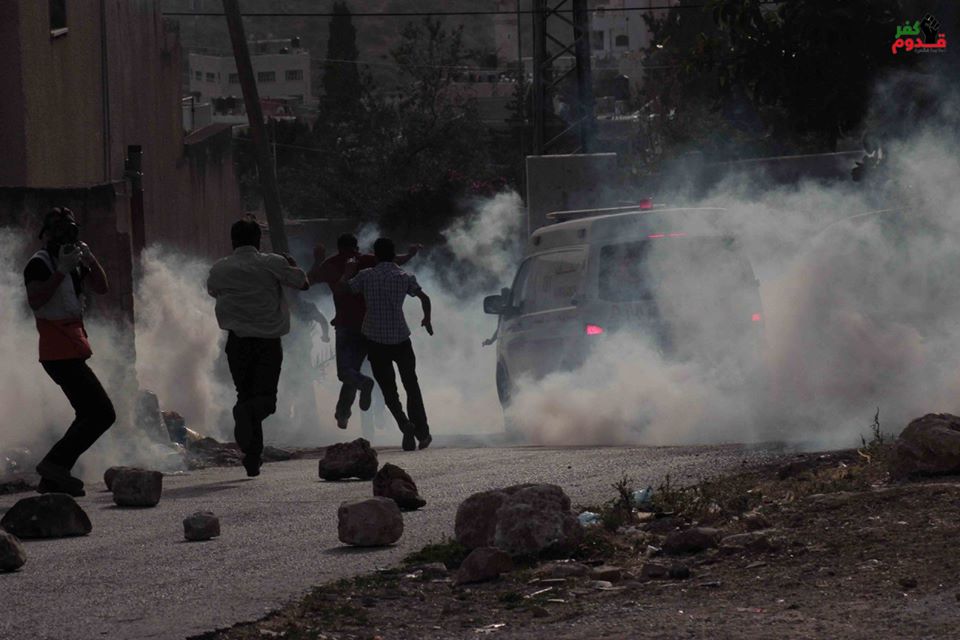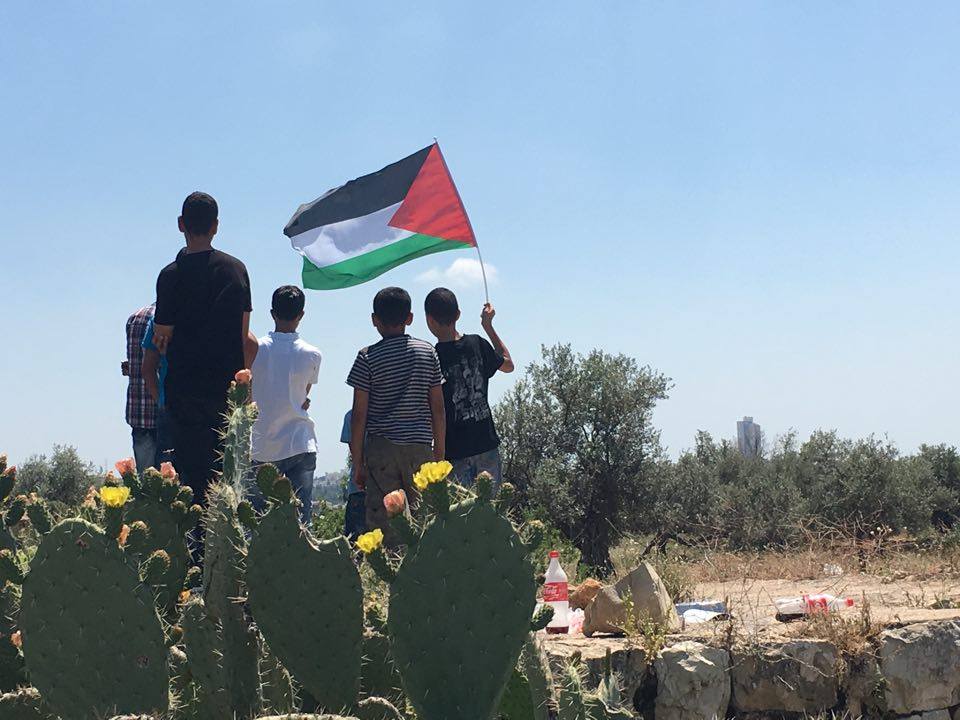Tag: Tear-Gas Canister
-
Two injured with live ammunition as Kafr Qaddum celebrates five years of demonstrations
1st July 2016 | IWPS | Kafr Qaddum, occupied Palestine The 1st July 2016, the last Friday in Ramadan, marked the fifth anniversary of Kafr Qaddum’s demonstrations. The Israeli military were present in the village and firing rubber coated steel bullets prior to the start of the demonstration. The soldiers continued to use full force…
-
Israeli forces attack weekly protests in the West Bank
2nd May 2016 | International Solidarity Movement, al-Khalil team | Deir Istiya, Kafr Qaddum, Ni’lin; occupied Palestine Last week, as every week, Israeli forces attacked demonstrations in the West Bank against the illegal Israeli land-theft, the apartheid-wall and illegal Israeli settlements. In Deir Istiya, near Nablus in northern occupied West Bank, farmers continued their protest…



